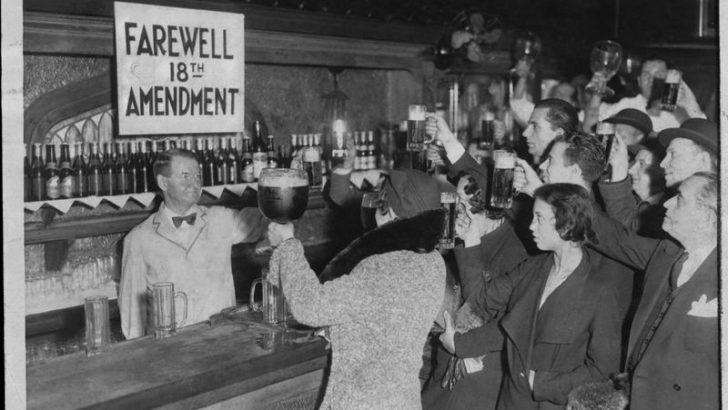Language is an ever-evolving tapestry, weaving together the cultural threads of each generation. Boomers, the post-war generation born between 1946 and 1964, crafted a unique lexicon that reflected their vibrant social landscapes. These old-school slang terms were more than just words; they captured the spirit and values of the times.
While some phrases have endured, others have faded into obscurity, leaving younger generations puzzled. Today, we embark on a nostalgic journey to uncover twelve of these bygone expressions. Whether you’re a millennial seeking to understand your elders or simply a lover of linguistic history, these forgotten slang words offer a colorful glimpse into the past.
1. Groovy
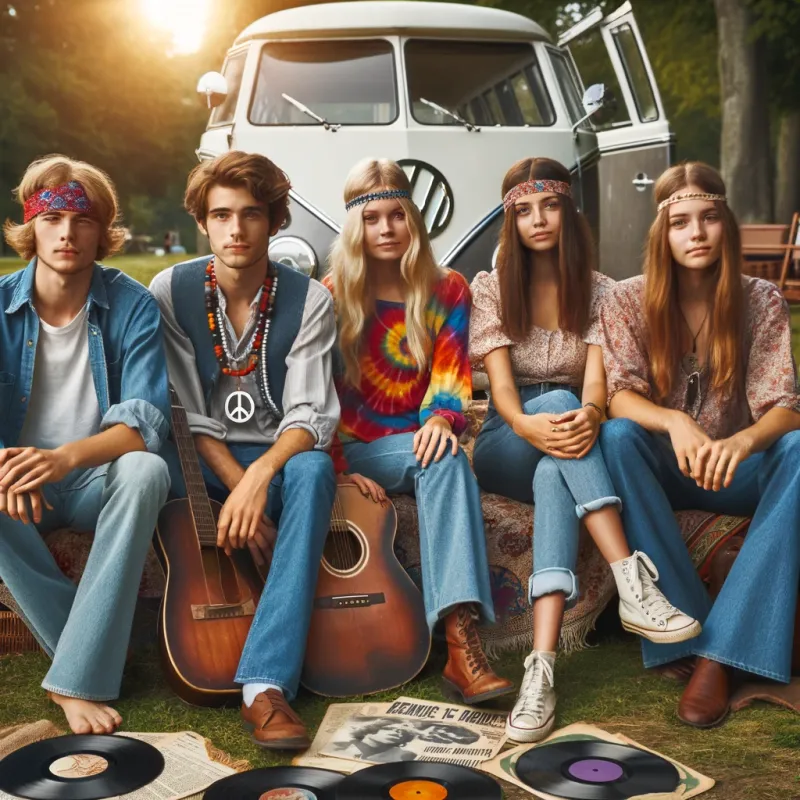
Groovy was the ultimate expression of approval. In the 1960s, it was synonymous with everything cool and fashionable. This term was often used to describe music, fashion, and events that captured the youth culture of the time.
The word ‘groovy’ conjures images of vibrant colors, psychedelic music, and the spirit of the 1960s counterculture. It was more than just a word; it was a feeling—a vibe that resonated with the free-spirited youth.
Today, it’s a charming anachronism, evoking nostalgia for a time defined by its unique cultural shifts.
2. Foxy

Foxy was a compliment of the highest order, used to describe someone attractive or stylish. Emerging in the 1970s, it was often applied to women who exuded confidence and charm.
The term carried a sense of allure and sophistication, embodying the fashionable trends of the era. Being called foxy was akin to being acknowledged as a trendsetter.
Although not commonly used today, foxy remains a delightful reminder of a decade marked by its bold fashion statements and evolving social dynamics.
3. Cat’s Pajamas
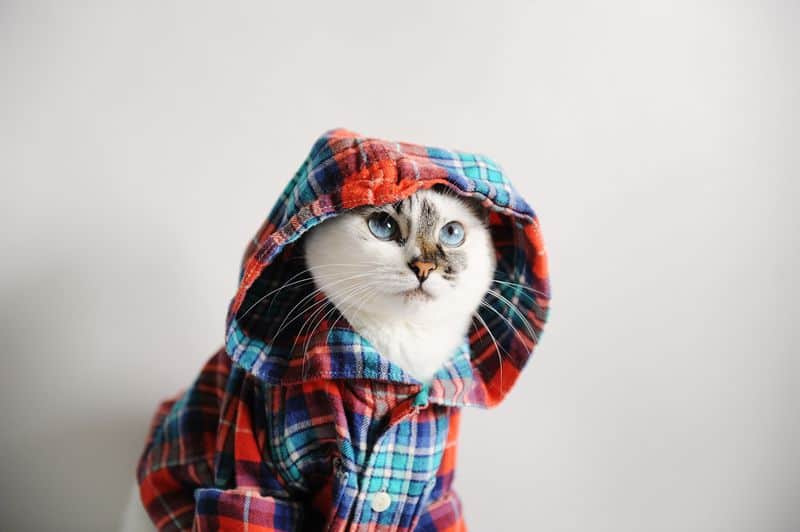
The cat’s pajamas meant something was the best or most excellent of its kind. Originating in the 1920s, it was part of a series of whimsical phrases that captured the spirit of the Jazz Age.
This expression was often used to describe people or things that were stylish or impressive. It was a quirky way to convey admiration.
While it might sound outdated now, the cat’s pajamas still evokes the exuberant energy of the Roaring Twenties, a time of jazz, flappers, and cultural revolution.
4. Cool Beans
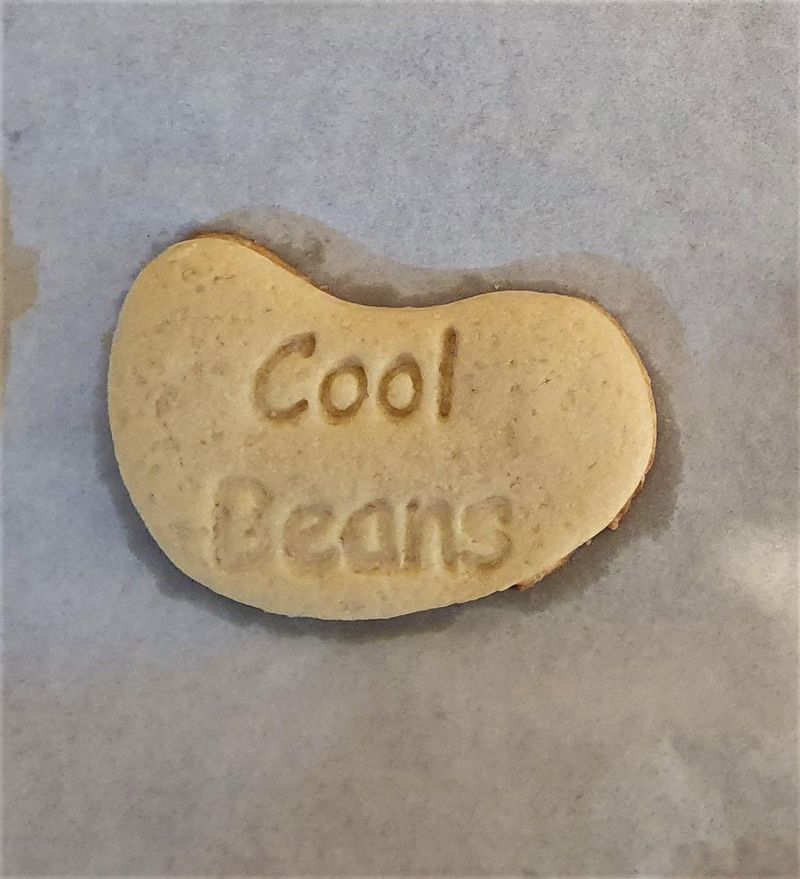
Cool beans was an enthusiastic way to express approval or excitement. Popular in the 1980s, it was often used in informal conversations among friends.
The phrase added a playful twist to the simple word “cool,” making it memorable and fun. It was often accompanied by a thumbs-up gesture.
Though it has mostly disappeared from modern vernacular, cool beans still brings a smile, reminding us of a time when slang was fun and casual.
5. Bogart
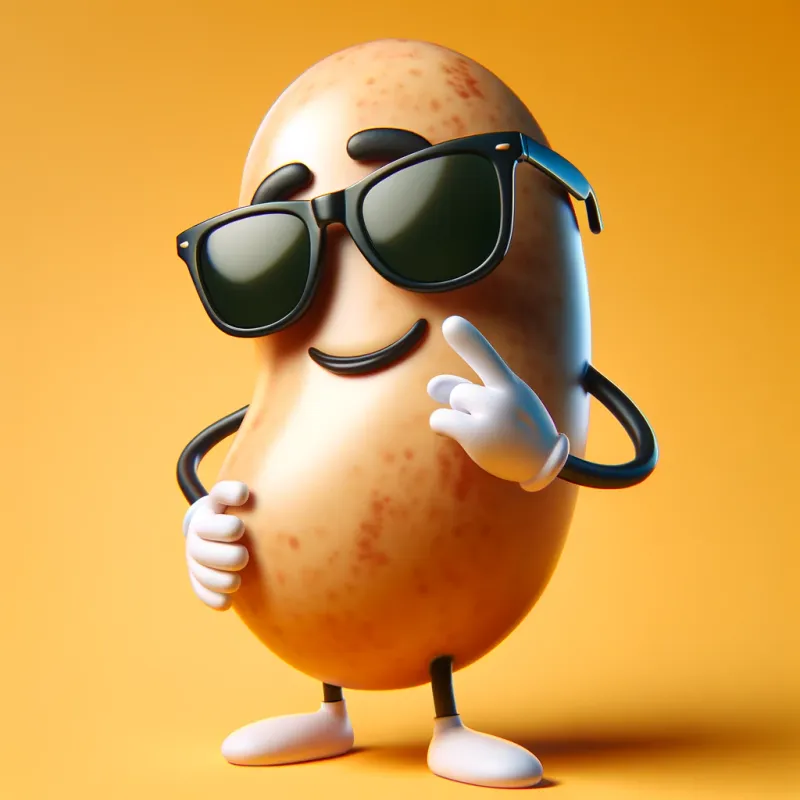
To bogart something meant to hog or keep it for oneself. This term became popular in the 1960s and 1970s, reflecting the influence of actor Humphrey Bogart’s smoking scenes in films.
It was commonly used in social settings, where sharing was expected, and someone was taking more than their fair share. “Don’t bogart the joint” became a common refrain at gatherings.
While “bogart” may not be frequently used today, it still serves as a humorous reminder of social etiquette among friends.
6. Bummer
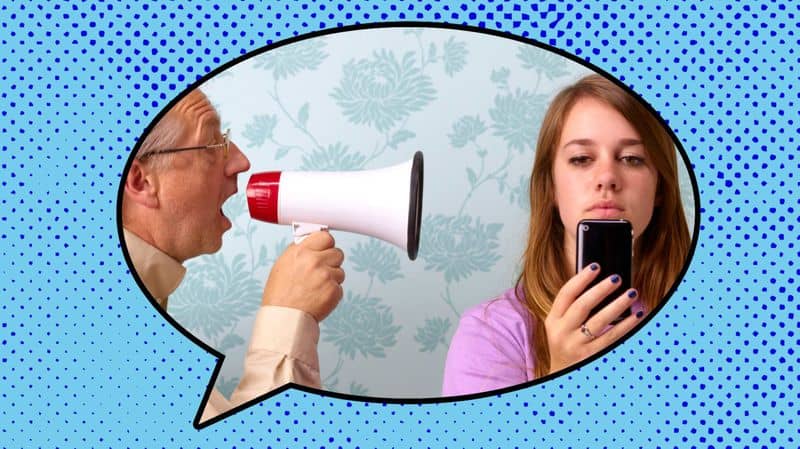
Bummer was an expression of disappointment or dismay, capturing the essence of an unfortunate situation. It gained popularity in the 1960s and 1970s among youth counterculture.
The word conveyed a sense of letdown, often used when plans went awry or when things didn’t go as expected. It was a simple yet effective way to express dissatisfaction.
Though “bummer” might not be as prevalent today, it still resonates with those who experienced its heyday, reminding us of the casual lingo of the past.
7. Far Out

Far out was an exclamation of amazement or disbelief, often used to describe something extraordinary or unconventional. It emerged in the 1960s and 1970s, similar to “wow” or “amazing.”
The phrase was common in counterculture circles, capturing the essence of an era that valued exploration and breaking boundaries. It was often used to describe experiences that were out of this world.
Today, “far out” is a charming reminder of a time when new ideas and cultural revolutions were celebrated.
8. Rad
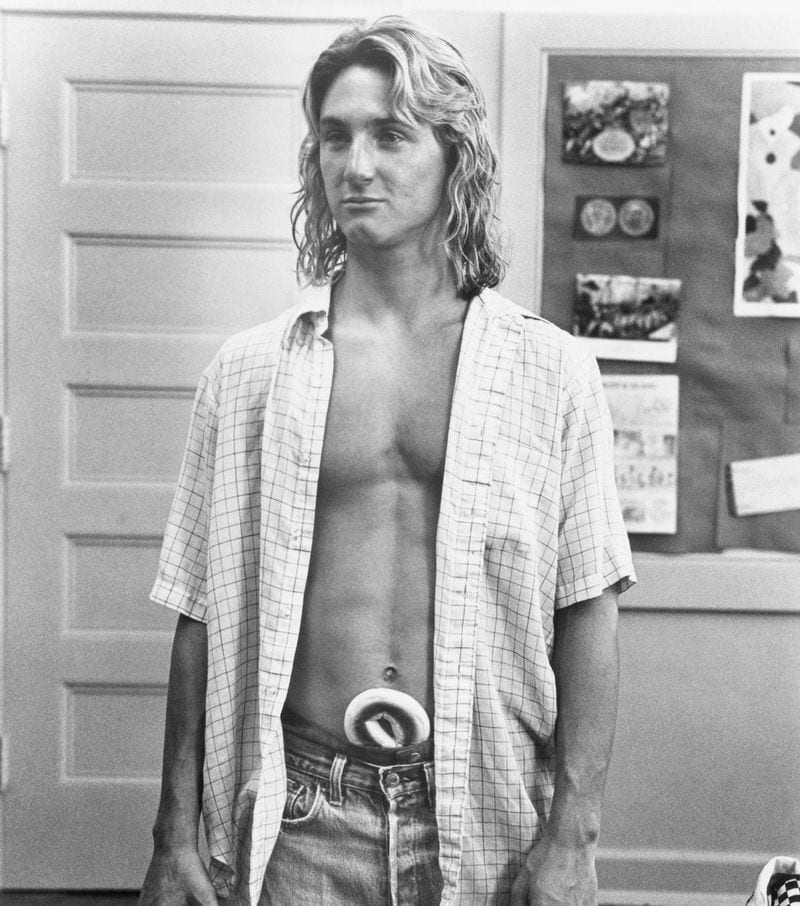
Rad was short for radical, capturing the spirit of something exciting or impressive. Popular in the 1980s, it was a favorite among skateboarders and surfers.
The term was used to describe tricks, moves, or anything that pushed the envelope. It conveyed a sense of daring and adventure.
While “rad” might not be as prevalent today, it remains a nostalgic nod to the vibrant and rebellious spirit of the 80s.
9. Gnarly
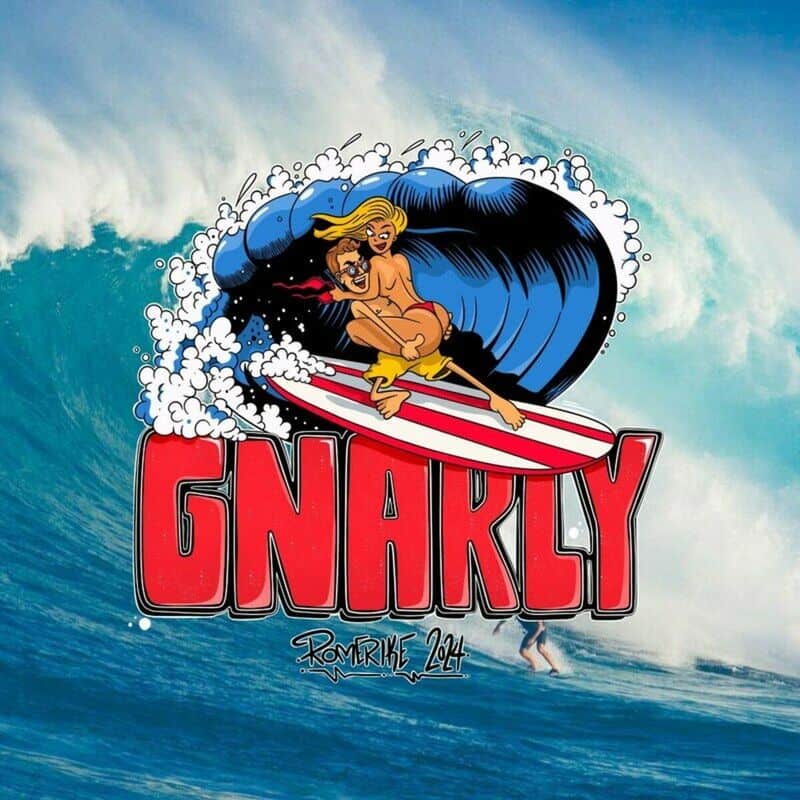
Gnarly was a term of admiration or awe, often used in the context of surfing. Emerging in the 1970s and 1980s, it described challenging waves or daring feats.
The word conveyed a sense of respect for those who could tackle the toughest conditions with finesse. It was about acknowledging skill and bravery.
Though not as common now, “gnarly” still evokes images of daring surfers and the adventurous spirit of the past.
10. Spaz

Spaz was used to describe someone clumsy or overly energetic, often in a playful or teasing manner. It became popular in the 1980s.
The term carried a light-hearted tone, often used among friends to acknowledge a funny mishap or burst of energy. It could sometimes cross into being politically incorrect, though.
Today, “spaz” is used less frequently, reflecting changing attitudes towards language and sensitivity.
11. Zonked
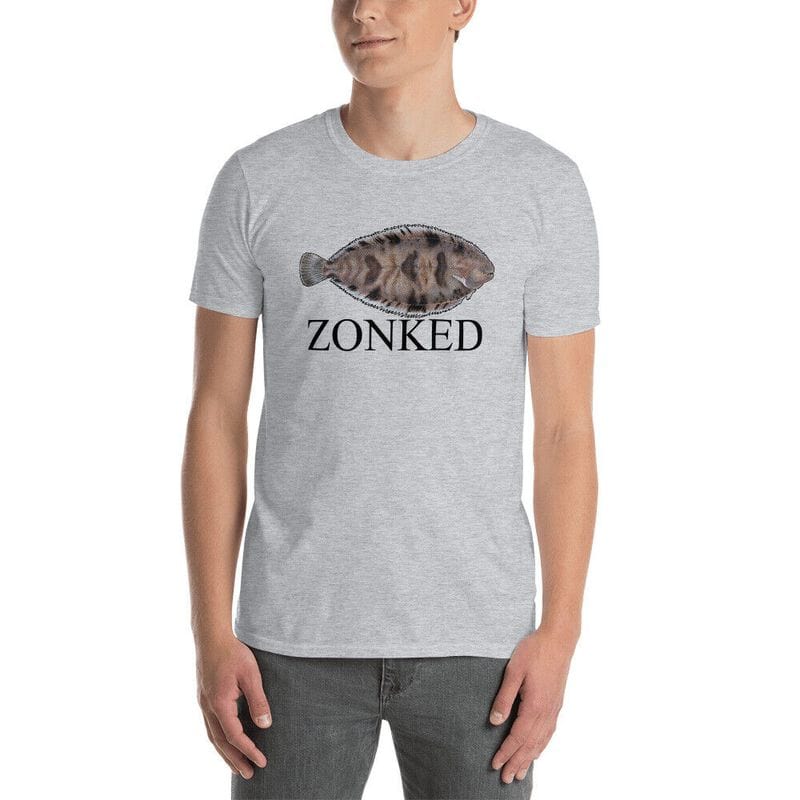
Zonked meant to be extremely tired or exhausted, often after a long day or night. It became popular in the 1960s and 1970s.
The term was a vivid way to describe someone who was completely worn out. It captured the feeling of being drained of energy.
Though “zonked” is not as common today, it remains a humorous way to express fatigue, resonating with those who remember its origins.
12. Beat Feet
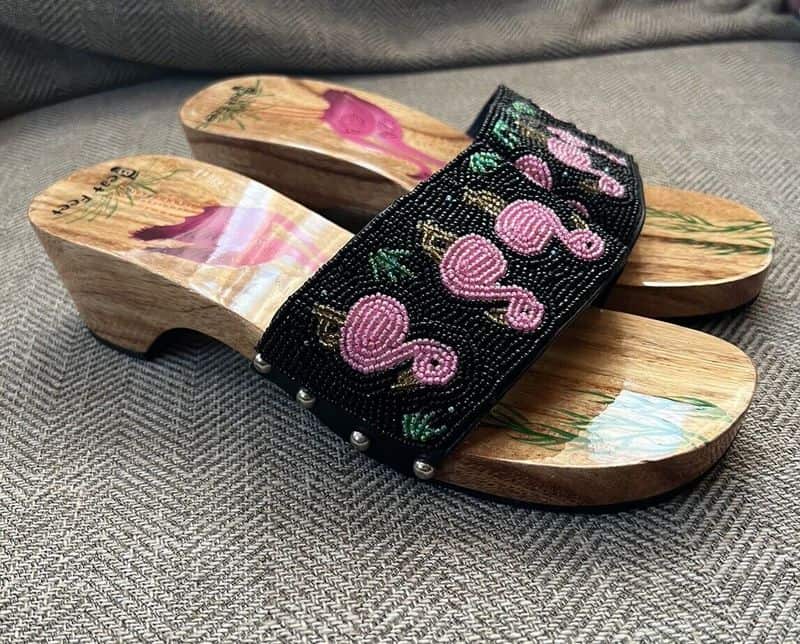
Beat feet was a slang term for leaving quickly or making a hasty exit. It was popular in the 1950s and 1960s.
The phrase was often used in contexts where a speedy departure was necessary, adding a sense of urgency to the action. It was catchy and memorable.
Though not as common now, “beat feet” is a fun reminder of a time when language was colorful and expressive, reflecting the dynamic culture of the era.

Well, hello there!
My name is Jennifer. Besides being an orthodontist, I am a mother to 3 playful boys. In this motherhood journey, I can say I will never know everything. That’s why I always strive to read a lot, and that’s why I started writing about all the smithereens I came across so that you can have everything in one place! Enjoy and stay positive; you’ve got this!

